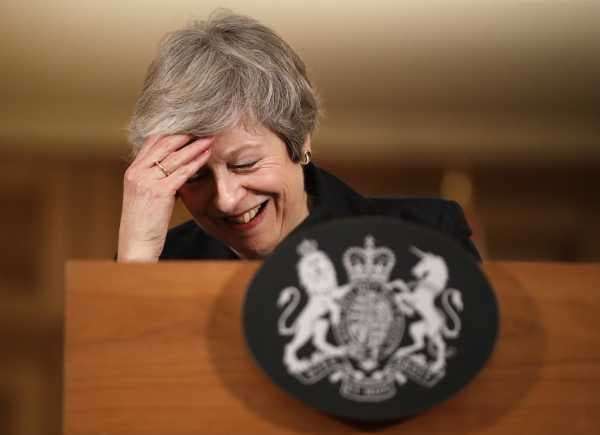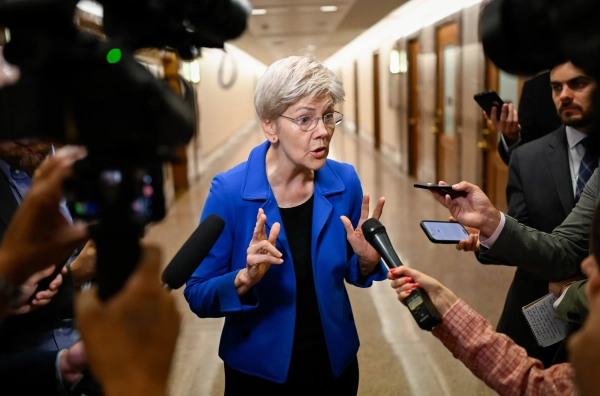
This week, British Prime Minister Theresa May unveiled the draft of a deal she had struck with European Union negotiators on Brexit — the UK’s process of leaving the EU. Shortly thereafter, the British political system collapsed into complete chaos. Now, nobody really knows what Brexit will look like. It might not even happen at all.
The pro-Brexit camp in May’s Conservative Party has long been split between two sides. Advocates of a “hard Brexit” want to completely sever ties with the EU, separating British law from European law on topics ranging from trade to migration to product regulation. Advocates of a “soft Brexit,” by contrast, want to maintain some of these ties — arguing that a complete separation from the EU’s common market would be disastrous for Britain’s economy and political stability. (The leading opposition party, left-wing Labour, is largely but not entirely opposed to Brexit.)
The agreement May released on Wednesday is definitively a soft Brexit.
The deal has a provision that could keep the UK in the EU customs union (the system setting common trade rules for all EU members) indefinitely. This is designed to avoid a crisis over Northern Ireland, which is part of the UK but wants to retain an open border with neighboring EU member Ireland. Imposing border controls between Ireland and Northern Ireland could threaten the Good Friday Agreement, the deal that ended serious violence in Northern Ireland way back in 1999.
This might be smart politically, but the hard Brexit camp saw it as a betrayal: a failure to deliver on the promise to “take back control” over UK law. May forced her cabinet to agree to the deal on Wednesday, but on Thursday, two secretaries — including Brexit Secretary Dominic Raab — resigned in protest.
Also on Thursday, May went to Parliament to defend her deal, and was literally laughed at by the assembled MPs. Jacob Rees-Mogg, a comically aristocratic Conservative MP from the hard Brexit faction, submitted a letter of no confidence in May’s leadership — which could in theory topple her premiership.
By Friday morning, everything was a complete mess. Nobody knows if there are enough votes in Parliament to approve May’s Brexit deal. If the vote fails, May might well fail with it.
If the deal fails to pass Parliament, there are generally two options: a no-deal Brexit, which would devastate the UK economy, and a nationwide “second referendum” that would basically revisit the question of whether Britain wants to leave the EU at all. The expectation is that British voters, given another chance, would vote to end Brexit.
“The prospects of a second referendum have advanced considerably,” the Financial Times’s Robert Shrimsley writes. “Parliament will not stomach a no-deal exit. So the hardliners risk provoking the crisis that kills their dream, by smoothing the path to a second referendum.”
Is that likely? No one knows! Such is the state of British politics in the Brexit era: a true and complete omnishambles.
Sourse: vox.com






